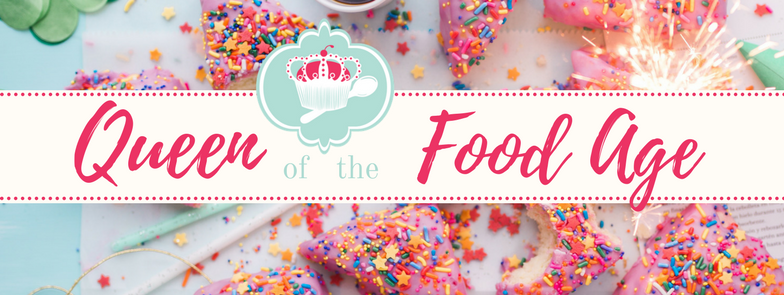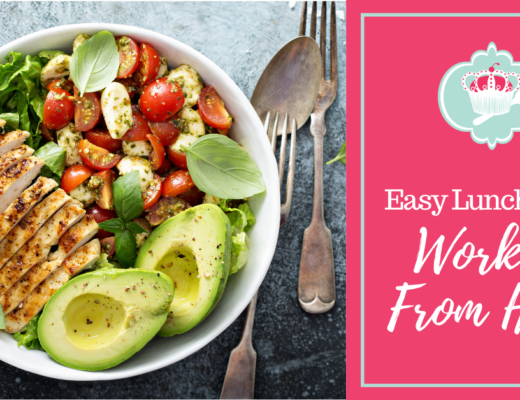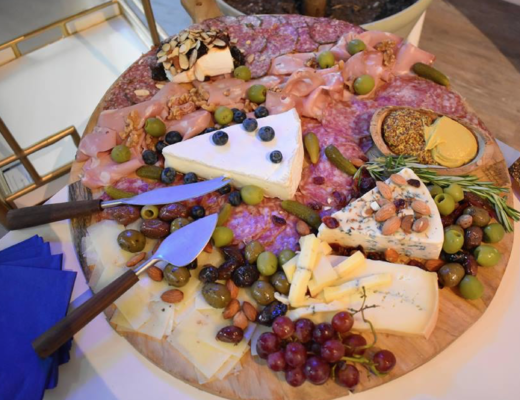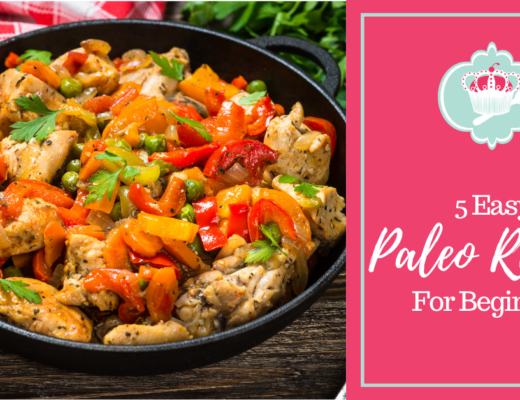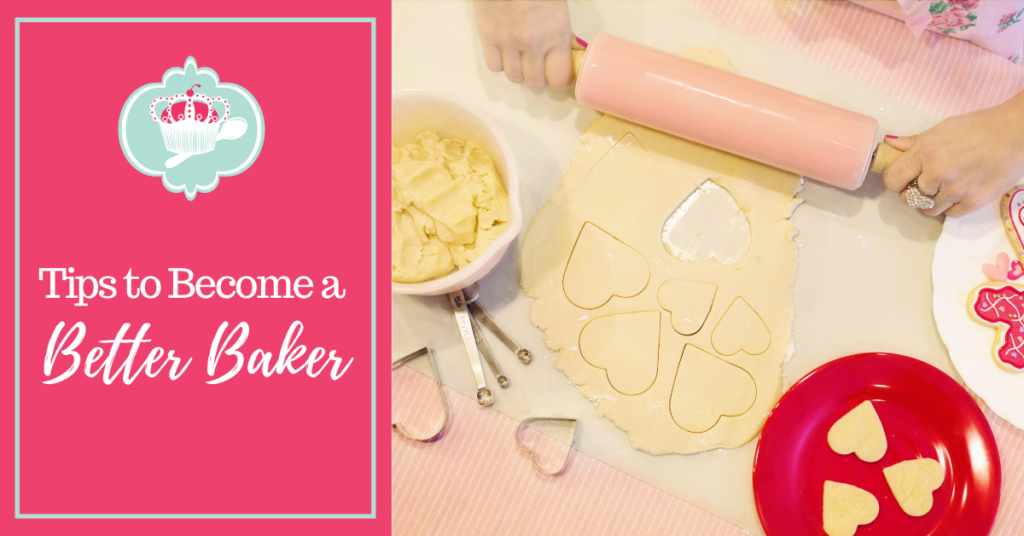
Baking has a lot of benefits. It’s fun, relaxing, and means you get delicious homemade treats to eat. However, baking can also be a challenge. Here are the best tips to become a better bake to help improve your baking adventures and give you the best chance of your recipes turning out as beautiful and delicious as you hope!
Soften Your Butter!
Butter is the starting point for many baking recipes, so it’s important to have it ready in the way the recipe suggests. The temperature of the butter that you use can have a big effect on the texture of the finished baked goods. There are three different consistencies of butter that most baking recipes call for: softened, chilled, and melted.
Most recipes want room temperature or softened butter. This should be cool to the touch, not warm. When you touch the butter, your finger will make an indent, but shouldn’t sink down into the butter or slide around. To get the right consistency, leave the butter out on the counter for about an hour before you start baking.
Chilled butter should be well chilled in the fridge or freezer so it doesn’t melt during mixing. This helps you to create flaky pockets in recipes like scones, biscuits, or pie crust.
Melted butter should be liquid and lukewarm. If you let it get too hot, it could cook the eggs in the batter. Melted butter works well in cookies and brownies.
Room Temperature Is Key
If a recipe asks for room temperature eggs or any dairy ingredients, such as milk or yogurt, make sure you follow that instruction. Room temperature ingredients will emulsify a lot more easily into the batter, which helps to create a more uniform texture throughout the finished baked good. Think of cold, hard butter. You won’t be able to cream cold butter into a soft consistency that some recipes need. Eggs are the same. They will add more volume to the batter if they are at room temperature. Temperature is important, so pay attention to it.
Read The Recipe Before Starting
One of the most common, but most easily avoidable, mistakes people when baking is skipping a step altogether, or not being properly prepared for the next step in a recipe. Whether you’re using a recipe book or a roll cake tutorial at sugargeekshow.com, reading ahead in the recipe will help you to know how, why, where, and when you need to do things. It will only take you a couple of minutes to read the recipe through before you start, but it could save you from wasting a lot of time, money, and ingredients on a failed recipe.
Prep Your Ingredients Ahead of Time
Measure out your ingredients before you start a recipe. Read through the ingredients list and get them all prepared on your counter. There’s not much room for making mistakes when you start making recipes in this way. It saves you from rushing around during the recipe process.
Avoid substituting ingredients. Baking is chemistry. Make the recipe as it was written first, then make substitutions later if you feel confident to do so.
Learn How To Measure Correctly
Baking is science. Good baking needs precise ratios, proven techniques, and well-tested recipes. Unlike cooking, you can’t just bake something by throwing some ingredients together, messing it up, and eating it anyway.
One of the most important baking tips is to measure your ingredients properly. Problems are common if your measurements are wrong. Get your measuring techniques right.
Measure dry ingredients in measuring cups or spoons because these are designed for dry ingredients. Spoon and level the dry ingredients. This means that you should use a spoon to fill the measuring cup, and then level it off. This is most important with flour. Scooping flour packs it down and you could end up with up to 150% more than you need. A recipe that asks for 1 cup of flour and baked with 2 or more cups instead is sure to fail and turn out dry. For liquid ingredients, use clear liquid measuring cups.
Weigh Your Ingredients
A small kitchen scale is an excellent tool to have in your kitchen, and will soon become one of the things that you use the most. A gram or ounce is always the same gram or ounce, but a cup isn’t always a cup. To get the best results, look for recipes that give measurements in grams or ounces, not just cups. After all, in baking, precision is everything, and this makes it easier to be precise.
What are your favorite things to bake?
